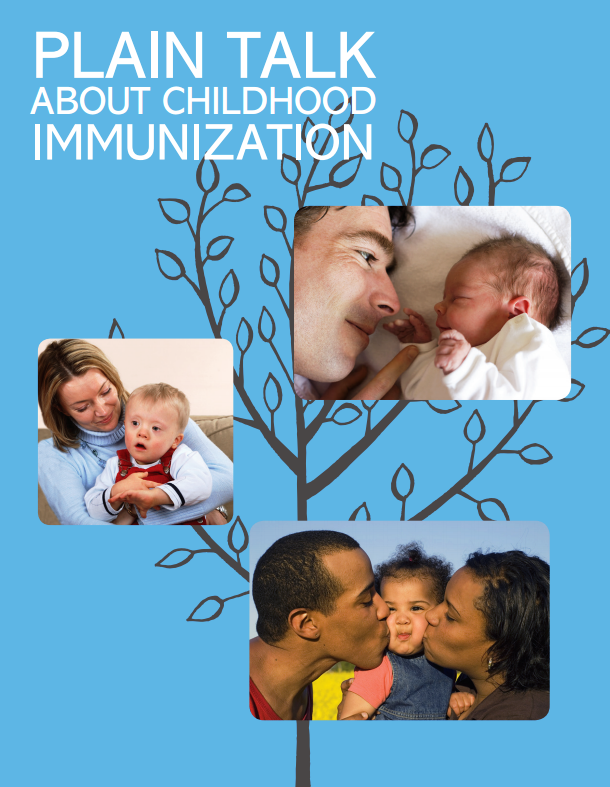Recently released results show a connection between a student’s commitment to school, risky behaviors and academic performance.
Results from the Healthy Youth Survey help school staff, community members, and parents understand how youth perceive their school experience, and how better to help students succeed in school and life.

Results of the 2014 Healthy Youth Survey were released in March 2015. In addition to substance and alcohol use, the survey collects information related to school commitment, opportunities for involvement in school-related activities, and the presence of a helpful adult in the school and community.
State Superintendent Randy Dorn said that more state money is needed to help students who don’t feel connected to school. “All students need to understand how important school is,” he said. “Part of that understanding is to have someone they can rely on when they need help. That support system is critical so that students don’t fall through the cracks and drop out.”
The survey results connect a lack of commitment to school with increased risky behaviors and decreased academic performance in key areas:
School Commitment
A student’s commitment to school is determined by responses to a number of questions, such as whether he/she enjoys school, is interested in school work, if they find school work meaningful and important and tries his/her best in school.
Statewide, about 62 percent of 10th-grade students are classified as having a high commitment to school. Of the 10th graders that had a high commitment to school:
- 81 percent reported high grades (mostly A’s or B’s), (compared to 62 percent of students who reported a low commitment to school);
- 11 percent reported using marijuana, (compared to 29 percent who had a low commitment); and
- 13 percent reported drinking alcohol, (compared to 30 percent of those who had a low commitment).
Positive Social Opportunities in School
Positive social opportunities at school include participating in classroom discussions, extracurricular activities, decision making, and one-on-one conversations with teachers.
Of the 10th graders who reported that they have more school social opportunities:
- 72 percent have a high commitment to school (compared to 42 percent of students reporting fewer opportunities);
- 31 percent reported depressive feelings (compared to 47 percent of students reporting fewer opportunities);
- 18 percent reported being bullied (compared to 29 percent of students reporting fewer opportunities);
- 15 percent report using marijuana (compared to 24 percent of students reporting fewer opportunities); and
- 17 percent use alcohol (compared to 25 percent of students reporting fewer opportunities).
Trusted Adults
About 74 percent of 10th graders reported that they can talk to adults in their community about something important. Of those students:
- 66 percent have a high commitment to school (compared to 48 percent of students that do not feel they can talk to adults in their communities);
- 18 percent reported drinking alcohol (compared to 25 percent of students that do not feel they can talk to adults in their communities); and
- 16 percent reported using marijuana (compared to 24 percent of students that do not feel they can talk to adults in their communities).
About 23 percent of students reported that they do not have an adult at school to help them (or they weren’t sure). Of those students:
- 28 percent reported drinking alcohol (compared to 19 percent of students that have an adult at school to help them) and
- 25 percent reported using marijuana (compared to 16 percent of students that have an adult at school to help them).
Andra Kelley-Batstone, a high school counselor in Olympia, noted that data from the Healthy Youth Survey help address students’ needs. “While it is perception data, we value any information and insight regarding how our students feel at school,” she said. “We know from research that those feelings impact their daily ability to fully focus on and engage in learning.
“At Olympia High School, we’ve developed a new mentor program and increased support for new student transition and other activities in response to the survey. That’s created a more inclusive school environment.”
About the HYS and Where to Access More Results
The Healthy Youth Survey, which is anonymous and voluntary, is administered in even years to 6th, 8th, 10th and 12th graders. In 2014, 220,000 Washington students from 986 schools participated. Data are available at AskHYS.net.
The survey is given by the Office of Superintendent of Public Instruction, the Department of Health, the Department of Social and Health Service’s Division of Behavioral Health and Recovery and the Washington State Liquor Control Board.
Source: OSPI





